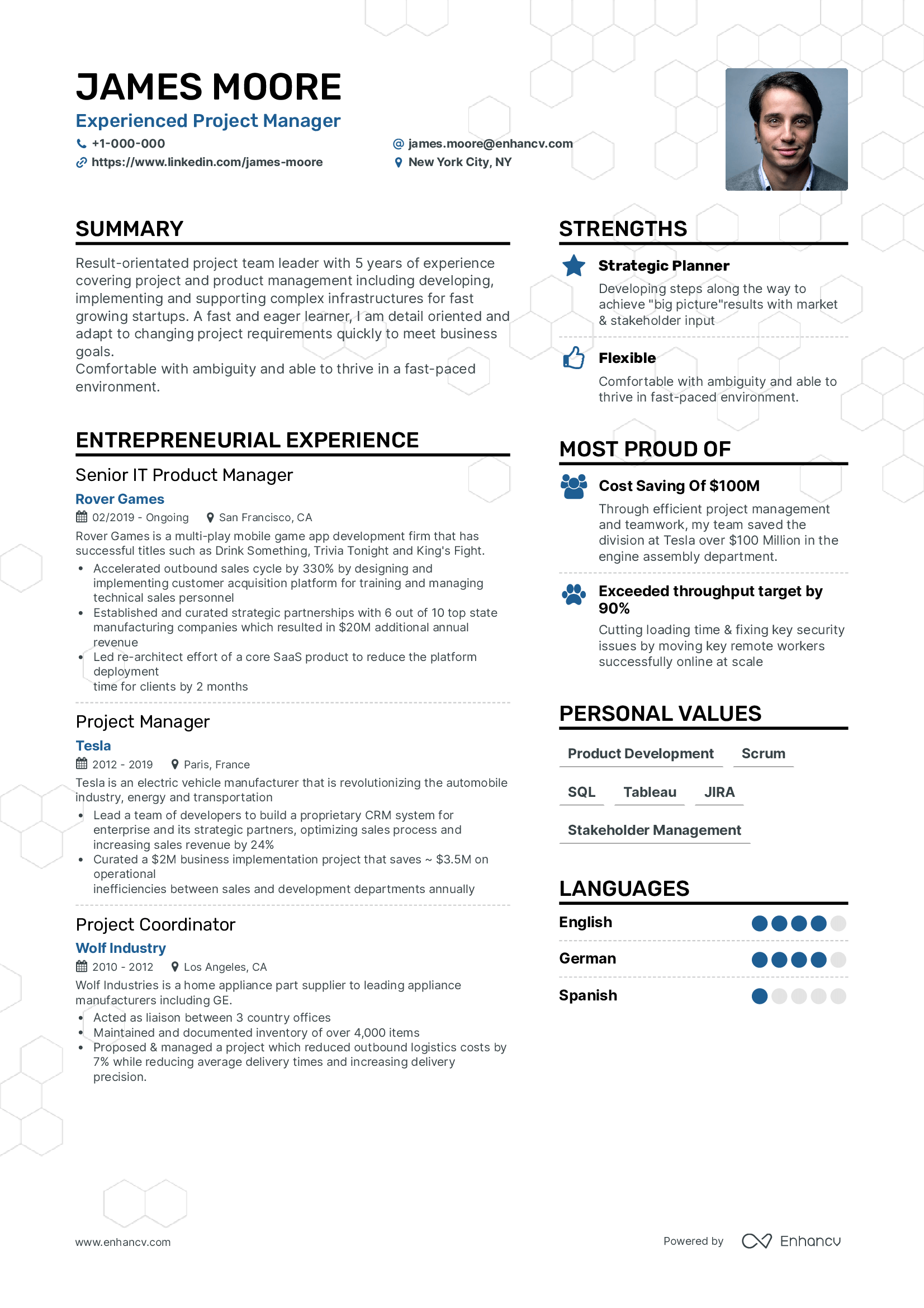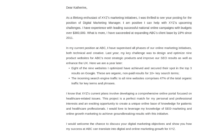Stepping into the professional world can feel like a daunting task, especially when you are just beginning your journey. As a student, you might not have a long list of previous jobs or extensive work experience to showcase. This is perfectly normal and expected. However, the challenge then becomes how to present your skills, education, and potential in a way that truly captures the attention of recruiters and hiring managers.
This is precisely where a concise, well-structured curriculum vitae becomes your best friend. For students, the traditional multi-page CV can often feel overwhelming to fill, and more importantly, it might not be the most effective way to make an immediate impact. A one-page CV is often the perfect solution, allowing you to highlight your strengths, academic achievements, and aspirations without overwhelming the reader.
Why a Single Page CV Is Your Secret Weapon as a Student
When you are a student, your professional narrative is still largely unwritten. You are building your foundational knowledge, developing new skills, and gaining experience through diverse avenues like academic projects, volunteer work, extracurricular activities, and perhaps a few internships or part-time roles. Unlike seasoned professionals who might need multiple pages to detail their career trajectory, a student’s resume needs to be impactful and to the point. Recruiters are often sifting through hundreds of applications, and they appreciate a document that delivers key information quickly and efficiently.
A single page forces you to be selective and highlight only the most relevant and impressive aspects of your profile. It encourages clarity and conciseness, demonstrating your ability to communicate effectively. This format is not about what you omit, but rather what you choose to emphasize. It’s about quality over quantity, ensuring every word on the page works hard to sell your potential and passion.
Key Sections for Your Student One-Page CV
Creating an effective one-page CV means strategically allocating space to the most pertinent information. Here’s a breakdown of what should definitely be included to make a strong impression:

- Contact Information: Make it effortless for potential employers to reach you. Include your name, phone number, email address, and perhaps a link to your LinkedIn profile or an online portfolio if relevant.
- Personal Statement or Objective: This is your elevator pitch. A brief, compelling paragraph (2-3 sentences) that summarizes your career goals, what you are seeking, and what unique value you can bring to the role or organization. Tailor this for each application.
- Education: As a student, this is often your strongest section. Detail your degree, major, university name, expected graduation date, and any significant academic achievements, honors, or a strong GPA if it’s impressive. Include relevant coursework that aligns with the job.
- Skills: Categorize your skills into technical (e.g., programming languages, software proficiency) and soft skills (e.g., communication, teamwork, problem-solving, leadership). Be specific and use action verbs.
- Projects, Relevant Experience, and Extracurriculars: This is where you can truly shine, even without formal work experience. List significant academic projects, volunteer work, leadership roles in student organizations, part-time jobs, or internships. For each entry, describe your role and quantifiable achievements.
- Awards and Achievements: Any scholarships, academic awards, competition wins, or special recognitions should be listed here to further showcase your capabilities and dedication.
By focusing on these core sections, you can create a comprehensive yet compact overview of your qualifications, proving that you possess the drive and attributes necessary for the opportunity at hand.
Choosing and Utilizing a One Page CV Template For Students Effectively
The beauty of a one page CV template for students lies in its ability to provide a professional, organized framework for your information. You don’t need to be a graphic designer to create an attractive document; a well-chosen template does most of the heavy lifting for you. Many online platforms offer a variety of templates, from minimalist designs to more creative layouts. The key is to select one that is clean, easy to read, and allows your content to be the star. Avoid overly busy or colorful designs that might distract from your qualifications.
Once you’ve selected a template, the real work begins: filling it with your unique story. Remember, a template is just a starting point. It’s crucial to customize every aspect to reflect your personal brand and the specific requirements of the role you’re applying for. Don’t be afraid to adjust section sizes or reorder elements to best highlight your most relevant experiences and skills. For example, if your academic projects are particularly strong and directly relate to the job, consider giving them more prominence.
When inputting your information, always prioritize clarity and impact. Use bullet points to list achievements and responsibilities, starting each point with a strong action verb. Quantify your accomplishments whenever possible to demonstrate the tangible results of your efforts. For instance, instead of just saying “participated in a group project,” try “Led a team of five on a research project that improved data analysis efficiency by 15%.” This kind of detail makes your contributions concrete and memorable.
- Readability is King: Ensure your chosen font is professional and easy to read. Sans-serif fonts like Arial, Calibri, or Lato are often preferred. Maintain a consistent font size and avoid using too many different styles.
- Strategic White Space: Don’t cram too much information onto the page. Ample white space around text and sections makes the CV look less intimidating and more inviting to read. It also helps guide the reader’s eye.
- Proofread Meticulously: Before sending your CV, proofread it multiple times. Then, ask a friend, mentor, or career advisor to review it for any typos, grammatical errors, or awkward phrasing. A polished CV demonstrates attention to detail.
- Save as PDF: Always save and send your CV as a PDF file. This ensures that the formatting remains intact across different devices and operating systems, preserving the professional appearance you worked hard to create.
Following these guidelines will help ensure your one-page CV not only looks professional but also effectively communicates your strengths and aspirations to potential employers.
Crafting a concise yet compelling curriculum vitae as a student is a powerful skill. It teaches you to distill your experiences, identify your unique selling points, and present them in a clear, impactful manner. A well-designed, single-page document demonstrates your ability to prioritize, organize, and communicate effectively—qualities highly valued by any employer. Think of it not just as a document, but as your personal marketing tool, designed to open doors to exciting new opportunities.
By investing time in creating an outstanding, focused curriculum vitae, you are setting yourself up for success in your job search. It allows you to confidently put your best foot forward, making a memorable first impression and showcasing your immense potential as you embark on your professional journey. Go forth, create your masterpiece, and apply with confidence!
